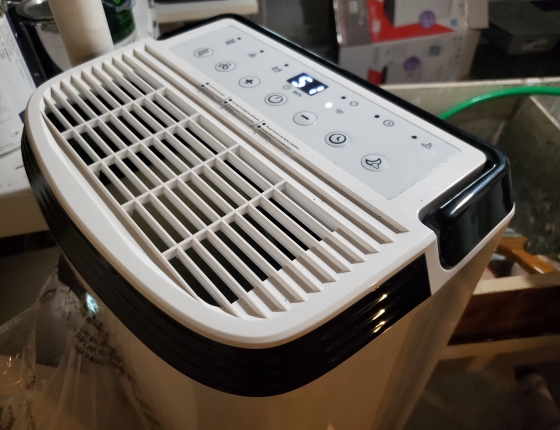This post complements our quarterly research newsletter, which features updates on CEE's research projects. Sign up to get this information in your inbox.
Advanced Controls for Residential HVAC Fan
Background: Past research in Minnesota has shown that many HVAC systems do not reach the same level of efficiency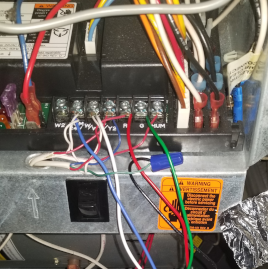 in the field that they reach under laboratory and rating conditions. This project aims to research the energy savings potential of a fan control device designed to reclaim HVAC losses by extending post-purge times to maximize the amount of heated air distributed by the system.
in the field that they reach under laboratory and rating conditions. This project aims to research the energy savings potential of a fan control device designed to reclaim HVAC losses by extending post-purge times to maximize the amount of heated air distributed by the system.
Update: This project has two field phases: an assessment phase to collect data from 50–60 homes and an installation phase during which the project team will select approximately 30 sites from the assessment pool to install the fan control device and performance monitoring equipment.
The project is nearing completion of the assessment phase and beginning to select sites for field installation. The savings potential of a specific install will likely be most impacted by:
- The amount of energy remaining in the furnace after the post-purge cycle in the current fan’s baseline operation
- The current system’s number of post-purge cycles in a day
- The fan’s energy use
Learn more on the project page
This project is supported by a grant from the Minnesota Department of Commerce, Division of Energy Resources through the Conservation Applied Research and Development (CARD) program, which is funded by Minnesota ratepayers.
Single and Multifamily Air Source Heat Pumps (ASHPs)
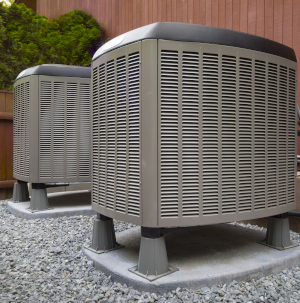 Background: As part of Focus on Energy’s Environmental & Economic Research and Development Program (EERD), CEE conducted a study on single- and multifamily ASHPs. The report investigated the efficacy of cold climate ASHPs for the state of Wisconsin and how to maximize programmatic opportunities for accelerating their adoption in Wisconsin.
Background: As part of Focus on Energy’s Environmental & Economic Research and Development Program (EERD), CEE conducted a study on single- and multifamily ASHPs. The report investigated the efficacy of cold climate ASHPs for the state of Wisconsin and how to maximize programmatic opportunities for accelerating their adoption in Wisconsin.
Update: Research findings indicated that cold climate ASHPs are appropriate for Wisconsin, and in fact present a great opportunity for residential energy savings. The largest retrofit opportunity is the nearly 400,000 Wisconsin housing units that are currently heated with electric heat. Applying cold climate ASHPs to this housing stock presents potential annual savings of $705 for a single-family home and $417 for a multifamily unit. Propane applications also show significant savings potential of $531 annually for the average single-family home.
The report’s findings generated many recommendations for how Focus on Energy programs could adapt to better utilize cold climate ASHPs for cost-effective energy savings.
Variable Capacity Heat Pump Product Assessment and Analysis
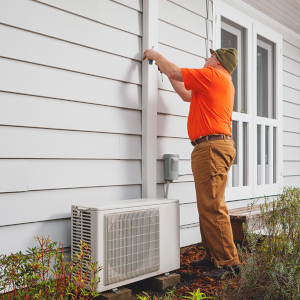 Background: Northwest Energy Efficiency Alliance (NEEA) enlisted CEE to conduct a report on the centrally ducted variable capacity heat pump (VCHP) market. To evaluate the different VCHP products and key performance features like coefficient of performance (COP), the project team developed representative archetypes. A robust VCHP modeling tool was then developed to compare these archetypes and gain a better understanding of the features that lead to better heat pump performance and the lowest levelized cost of ownership for the homeowner.
Background: Northwest Energy Efficiency Alliance (NEEA) enlisted CEE to conduct a report on the centrally ducted variable capacity heat pump (VCHP) market. To evaluate the different VCHP products and key performance features like coefficient of performance (COP), the project team developed representative archetypes. A robust VCHP modeling tool was then developed to compare these archetypes and gain a better understanding of the features that lead to better heat pump performance and the lowest levelized cost of ownership for the homeowner.
Update: The project and modeling tool produced many key findings that can be used by utilities, manufacturers, contactors, and consumers to help them make decisions around heat pumps, from energy savings to cost-effectiveness and more. The modeling tool can also be customized to suit a variety of contexts outside this initial report for further exploration and insights.
Significant project results include the following:
- The COP is the most important indicator of heat pump performance, outranking extended capacity and modulation. In particular, the COP at minimum output and mild temperatures (47°F) was a significant indicator of annual energy consumption.
- VCHP pricing is still largely driven by SEER (seasonal energy efficiency ratio) values.
- Oversizing heat pumps has diminishing returns on the lowest levelized cost of ownership.
To learn more about this project and its results, please contact Isaac Smith at ismith@mncee.org.
Dehumidifier Demand Response Pilot for Focus on Energy
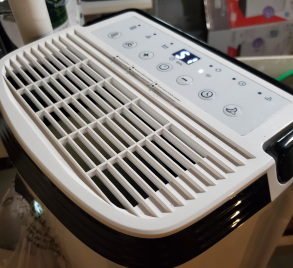 Background: Thanks to recent advances in technology, dehumidifiers in homes can now be remotely and reliably accessed like smart thermostats and other household appliances. This project for Focus on Energy sought to determine if dehumidifiers could be reliably controlled during simulated demand response events and whether reducing their runtime during peak load conditions would adversely impact indoor relative humidity levels and occupant comfort.
Background: Thanks to recent advances in technology, dehumidifiers in homes can now be remotely and reliably accessed like smart thermostats and other household appliances. This project for Focus on Energy sought to determine if dehumidifiers could be reliably controlled during simulated demand response events and whether reducing their runtime during peak load conditions would adversely impact indoor relative humidity levels and occupant comfort.
Update: This project demonstrated that dehumidifiers could be reliably controlled through a variety of existing mechanisms like those used in existing smart thermostat-based demand response programs. The results showed that dehumidifier loads could be entirely curtailed or arbitrarily modulated down without negatively impacting relative humidity levels and perceived comfort during simulated demand response events. Reducing the runtime of dehumidifiers during the peak load hours minimally impacted humidity and homeowners did not report any significant change in comfort. The smart technologies that enabled this result are already being used by manufacturers and utilities for air conditioning systems, which presents a template that utilities and program administrators can follow to extend these programs to dehumidifiers, which are present in about half of single-family homes in the upper Midwest.
To learn more about this project and its results, please contact Josh Quinnell at jquinnell@mncee.org.
